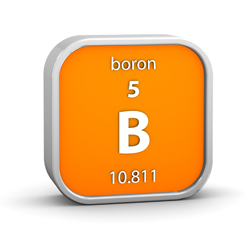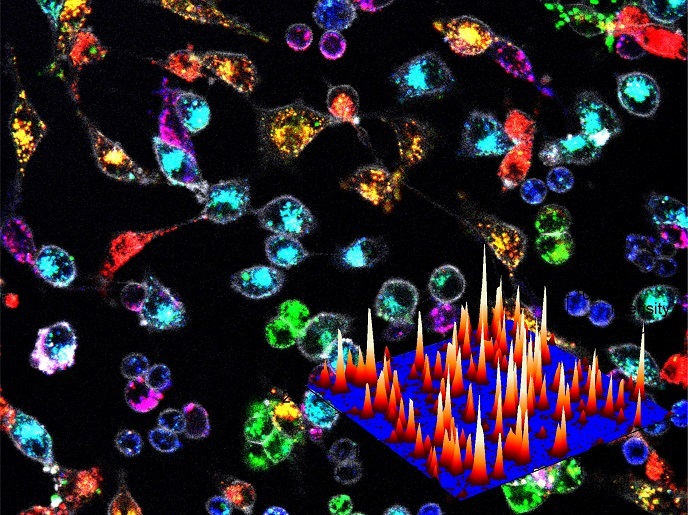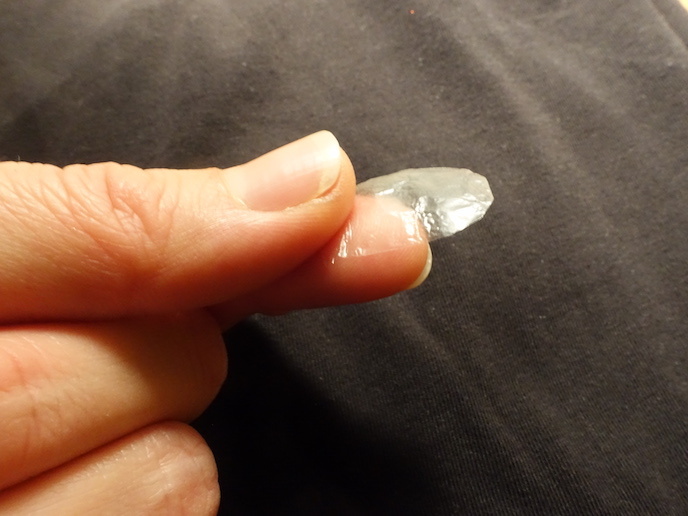Boron-based building blocks for nanostructuring molecules
Large porous structures are gaining ground in numerous industrial applications. These include supramolecular entities made up of two or more molecules and metal organic frameworks (MOFs). MOFs consist of three-dimensional (3D) lattice-type interactions with metallic joints, organic linkers and lots of empty space in between. The synthesis of such supramolecular structures relies on certain building blocks such as organic macrocycles or cages. Macrocycles are compounds made up of very large ring structures. Building blocks of macrocycles or cages can form porous structures upon removal of residual solvent molecules, as well as self-assembling 2D and 3D polymeric networks. Classical synthetic approaches rely on transition metals. Scientists initiated the BOROMAT project to design and synthesise new classes of building blocks based on boron (B) and other light elements. These have much lower densities than transition metals with intrinsic advantages for applications such as gas storage. Novel organic macrocycles consisting of functionalised borasiloxane rings were synthesised and employed as building blocks of more complex structures in polycondensation reactions. Further, using mechanochemical synthesis, the macrocycles were produced with improved yields compared to yields obtained with conventional solution-based methods. Mechanochemical synthesis is a novel way to promote reactions by grinding in a ball mill under solvent-free conditions. B-based structures like chelating ligands bind to a metal ion (clathrochelate complexes). These are very stable and effective building blocks of supramolecular structures and MOFs. Scientists synthesised new ligand units based on pyridine boronic acid with the unique feature of negative (anionic) charge. They were used together with metal ions in self-assembly of supramolecular motifs. By the end of the project, researchers had demonstrated successful synthesis of B-based macrocycles and other structures formed by multi-component self-assembly through condensation of boronic acids with other molecules. BOROMAT successfully demonstrated the production of novel industrially important supramolecular motifs. In particular, B-based porous structures should find important application in gas storage applications.







